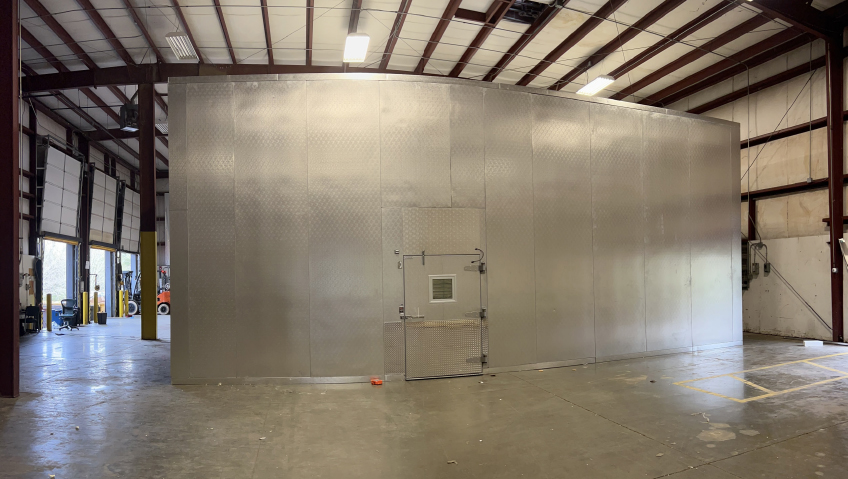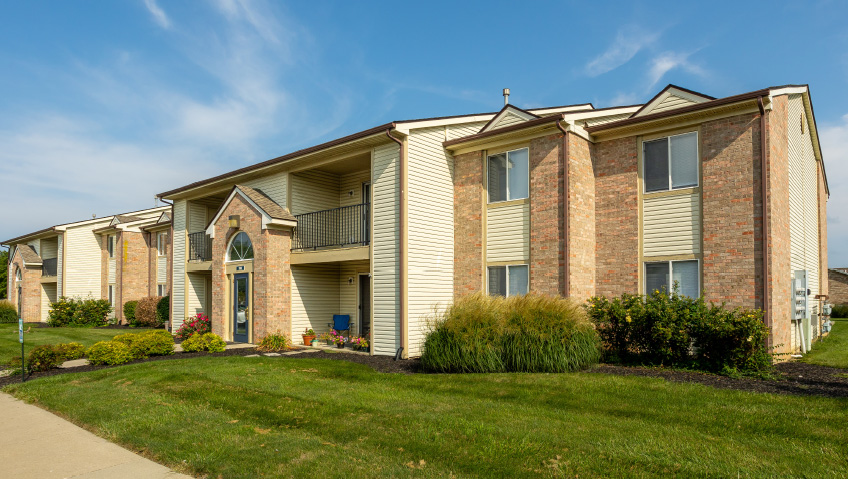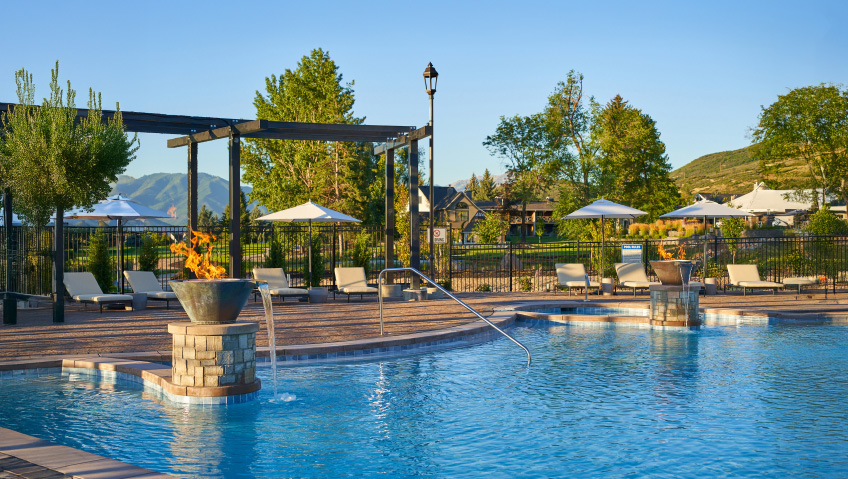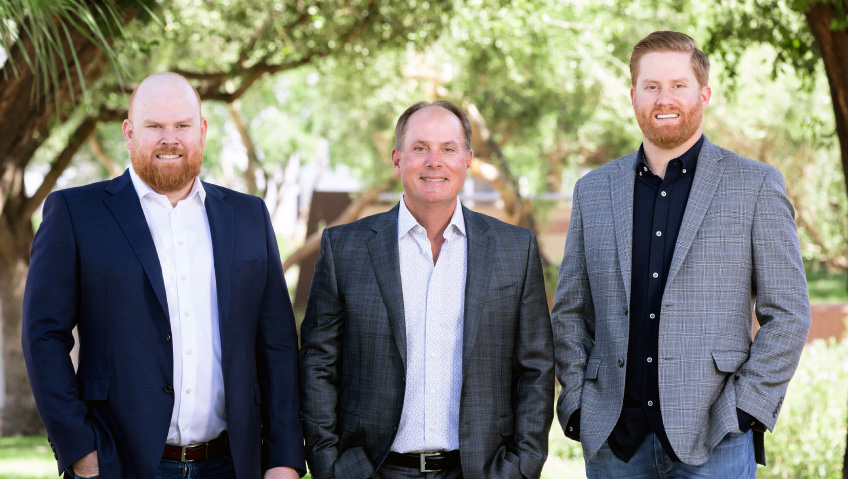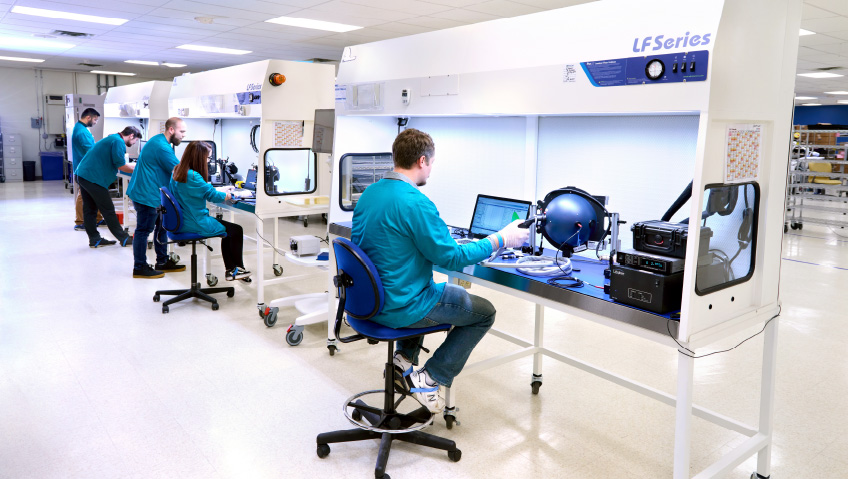For over forty years, AIM has provided FE&S (Foodservice, Equipment and Supplies) clients with a seamless installation process, from equipment shipment through to completion. The Columbus, Ohio-based business handles a wide variety of installation services that include commercial refrigeration, commercial ventilation systems, warewashing, cooking, and more! The team has completed over 12,000 installations across the United States, and has satisfied customers including a long list of big-name brands, from chain restaurants and well-known universities to retail giants and sports stadiums.
Three key factors set the company apart from the competition. The first is scale. AIM boasts an extensive national installation network with a proven track record in specialty projects for the foodservice industry. Second, the company provides a single point of contact to coordinate installations. “This turnkey approach is a transfer of our customers’ risk to our team of experts who are accountable for all aspects of a project,” says Installation Manager Matt Anctil. Third is the company’s solution based approach. “AIM seeks to find outside-the-box solutions and unique services to solve problems for our clients.”
Having an experienced and reliable network of providers combined with strategically positioned AIM project managers ensures that the job gets done no matter where it is located or what challenges arise. “Right now, we have 340 projects all across the continental United States,” says Anctil. “We rely on a network that we have built over the last twenty years. We have vetted hundreds, if not thousands, of installers over the years.”
AIM uses a ranking system that keeps constant tabs on a provider to ensure quality work. “If they’re not as good as they used to be, well, they’re going to get deducted a point, and they’re not going to be our preferred vendor in that market,” he says.
To ensure satisfaction, the team always takes the time to “understand the full needs of the client,” says Division Manager Steve Bosworth. “We like to review the projects with our customers, if possible, and get a gauge of the full scope so we know what’s going on with each project [to prevent] loose ends.”
This requires active communication from the onset. “We try to get involved with them as early as possible on the project so we can work with the general contractor, the architect, and whatnot to determine the best locations for our equipment to make it affordable and easy to install,” he says.
To get the job done on time, the team takes responsibility for unexpected complications, even if they are not at fault. “If something goes wrong on a job site, [even if] it’s something incorrect from a third party that isn’t affiliated with us, we need to figure out a solution that is going to get a remedy for the customer as quickly as possible without them missing any dates,” Anctil says. “We are working for restaurants, schools, senior living centers, sports stadiums; these people have deadlines, and we can’t be a reason why they’re not going to get [the job] done. And it doesn’t matter if it’s not our fault; we need to come up with a solution that is going to get them open at the date they stated at the beginning of the project. So if that means moving our guys around and having them work weekends or having to work at night to come up with a solution, that’s what we’re going to do.”
The company offers a one-year labor warranty with every installation, “so if something goes wrong, we are there, and we are doing everything we can to make sure the customer is operating at a hundred percent,” he says.
When an essential item breaks—an ice machine in a busy restaurant, for example—AIM is committed to solving the problem right away to prevent or minimize loss of revenue for the client. “It’s our job to make sure there’s a service agent there in a realistic timeframe to get the store back up and running so they don’t have any issues,” Anctil says. “We need to get our service agents on site immediately and come up with a solution.” These agents always keep the parts they need for unexpected repairs on hand to speed up the process.
The company has had to be quick on its feet to overcome current challenges within the industry, particularly equipment shortages. “We have tried to counteract that by finding alternative sources,” says Bosworth. This has required a lot of planning. “We have had refrigeration shortages that have gone on with different components in the refrigeration package, and to counteract that, we have inventoried several hundred thousand dollars’ worth of refrigeration systems in our facility here in Columbus Ohio,” he says. “So if we do have a project where the refrigeration systems aren’t available, we have that equipment here and can use that equipment on these projects to be able to install it sooner, rather than having the delays.”
With all the shortages, completion dates within the industry can be “a moving target this year because everybody’s experiencing delays,” Bosworth says. Delays become particularly complicated when clients do not have room to stash equipment when a job is temporarily suspended. “We’ve really had storage issues—people not having a place to store walk-ins because there’s a job site delay on different pieces of equipment,” he explains. “They order all their equipment; the job’s delayed for something that was out of our control, and we can’t get our walk-in installed. So we’ve offered nationwide storage opportunities for different clients so that if they need help, we can store the unit in a warehouse local to the job, and then, as we need it, our guys can go pick it up. I’m trying to find solutions to help get through all this.”
Having a flexible and committed installation network has been indispensable during these challenges. “They’re willing to jump for us a little more quickly than somebody that they might not be accustomed to [working with],” Bosworth says. “Because we’re doing multiple projects—we might be doing fifty projects in a particular city—where there might be only one or two for our dealer client if they contacted the company direct. So they’re willing to go out of the way and go the extra mile for us.”
“Right now things are crazy,” adds Anctil, noting that there are labor shortages, site delays, and supply chain issues. “The nice thing about our relationships with our vendors is we are a priority with them because of the work and relationships we have built with them over the years.”
For example, during a recent job in New Jersey, “A customer came and said, ‘I am looking for a last-minute installation,’ and nobody could get it done for him. He had tried doing it himself, and it just wasn’t working out. He came to us, and AIM’s installer in New Jersey dropped what they were doing on a couple of other projects, sent a team over there, and had the job done within 48 hours of being notified of the project. Those are the things that we can offer that not everyone can.”
AIM has been actively expanding its provider network through premier foodservice rep groups to extend services to more clients. “We increased our geographical footprint to all of North America by bringing on eight additional rep firms. The number of opportunities is much greater than what we had previously. We now have reps covering over 43 states and provinces.”
The company plans to continue along the successful path it is already on and to “double our revenue by 2030,” Bosworth says. “AIM is one of the fastest growing business units in Zink Corporation, our holding company. So we’re constantly trying to expand and grow.”
A lot of this future growth will come through AIM’s rep groups. “As those guys get more and more acclimated and comfortable using the AIM system, we believe that we’re certainly going to expand the amount of installations that we’re doing and the team that we have here helping support it.” With that level of support already in place—and forty years of success under its belt—the company is well-positioned for another four decades of market-leading service.

